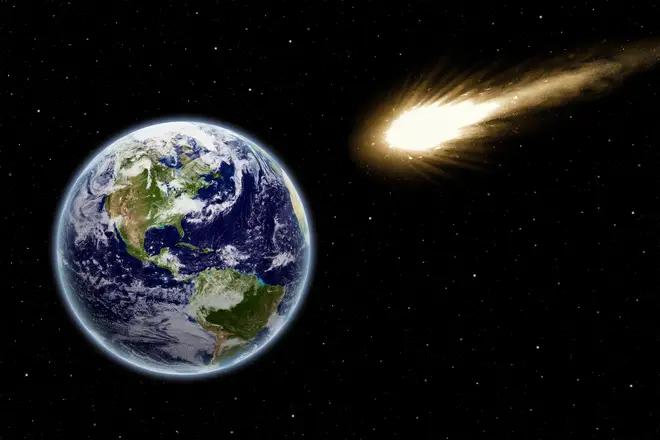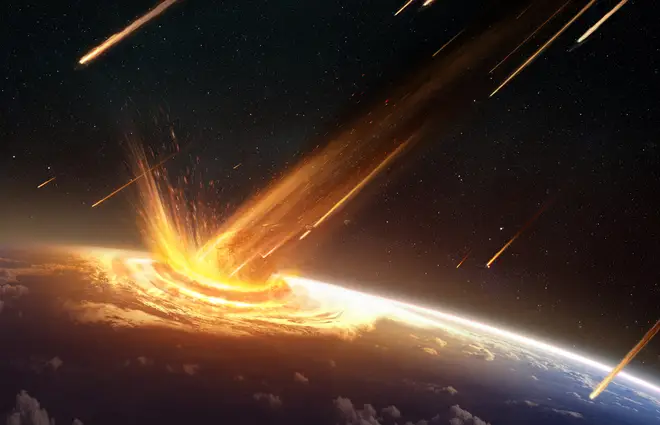
NASA has reduced the likelihood that a massive "city killer" asteroid could collide with Earth in the upcoming years.
The space rock, known as asteroid 2024 YR4, has caused panic in recent weeks after NASA upgraded the chance it could collide with Earth to a stomach-churning one in 32.
2024 YR4 has been likened to the size of Big Ben and could decimate a city if it were to hit Earth.
But in a rare piece of good news, the space rock has been downgraded to Level 0 on the Torino scale and only has an extremely small chance of hitting Earth.

NASA’s most recent observation now puts the chance of an impact at a more comforting 0.0039 per cent, or 1 in 26,000.
Describing Level 0 of the Torino scale, NASA said: "The likelihood of a collision is zero, or is so low as to be effectively zero.”
"It is perfectly natural that the impact chances for asteroid 2024 YR4 will bounce around a bit," Richard P. Binzel, inventor of the Torino Impact Hazard Scale told IFLScience today.
"While certainty for 2024 YR4 missing the Earth is the outcome we expect, it’s not up to us. It’s for nature to decide. In fact, nature already has settled the question. We just don’t know that answer yet. That’s why the tracking efforts continue."
David Rankin, a scientist at NASA’s Catalina Sky Survey Project, has projected a "risk corridor" for the asteroid that shows a large stretch of the Earth that could be hit.

The "risk corridor" stretches from South America, across the Pacific Ocean, across south Asia, the Arabian Sea and Africa.
Specific countries that may face impact include Venezuela, Colombia, Ecuador, India, Pakistan, Bangladesh, Ethiopia, Sudan and Nigeria.
Where it may eventually end up hitting would depend on the rotation of the Earth at the moment of impact.
Meanwhile, an international team are using the James Webb Space Telescope to determine the damage it could do.
The Tunguska asteroid, hitting Siberia in 1908, was also similar size and destroyed 830 square miles of forest.
2024 YR4 was first discovered in December 2024 by the Asteroid Terrestial-impact Last Alert System station in Chile, funded by NASA.
Back then, it only had a 1.3 percent probability of hitting Earth but it was still the top of NASA’s risk list.
It is estimated that the asteroid could flatten structures for up to two miles in any direction from the impact size.
Determining the size of the asteroid involves looking at it through a powerful telescope, and figuring out the size through the brightness of the light reflected from its surface.
A spokesperson from the European Space Agency said, to the Daily Mail: "Astronomers around the world are using powerful telescopes to measure the asteroid’s orbit as accurately as possible. But knowing its orbit will only tell us the asteroid could impact Earth, not how significant an impact could be.
"It is very important that we improve our size estimate for 2024 YR4: the hazard represented by a 40 m asteroid is very different from that of a 90 m asteroid," ESA added.
The James Webb Space Telescope will solve this problem, as it uses infrared sensors to look at the heat radiating off the asteroid - giving them a more accurate estimate of size.